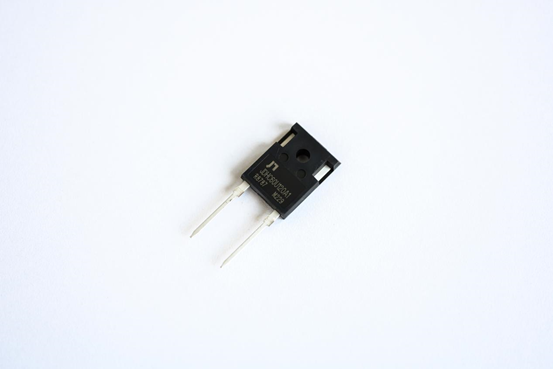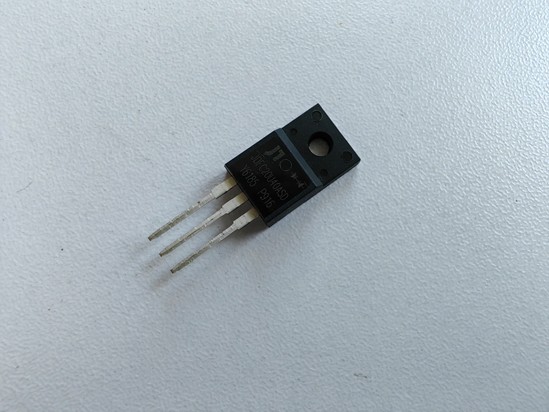What Is The Difference Between a Fast Recovery Diode And a Triode?
First of all, it can be distinguished from the appearance: the fast recovery diode has only two legs, and the triode has three legs.
(1) Fast recovery diode
Fast recovery diode (FRD for short) is a semiconductor diode with good switching characteristics and short reverse recovery time. It is mainly used in electronic circuits such as switching power supplies, PWM pulse width modulators, and frequency converters. Freewheeling diodes or damping diodes are used. The internal structure of the fast recovery diode is different from the ordinary PN junction diode. It belongs to the PIN junction diode, that is, a base area is added between the P-type silicon material and the N-type silicon material to form a PIN silicon chip. Because the base region is very thin and the reverse recovery charge is small, the reverse recovery time of the fast recovery diode is short, the forward voltage drop is low, and the reverse breakdown voltage (withstand voltage) is high.

(2) Triode
The triode is a control element, which is mainly used to control the magnitude of the current. Take the common emitter connection as an example (the signal is input from the base, output from the collector, and the emitter is grounded). When the base voltage UB has a slight change , the base current IB will also have a small change, controlled by the base current IB, the collector current IC will have a large change, the greater the base current IB, the greater the collector current IC, Conversely, the smaller the base current, the smaller the collector current, that is, the base current controls the change of the collector current. But the change of the collector current is much larger than the change of the base current, which is the amplification effect of the triode. The ratio of the change in IC to the change in IB is called the magnification β of the triode (β=ΔIC/ΔIB, Δ represents the change.), and the magnification β of the triode is generally tens to hundreds of times.



